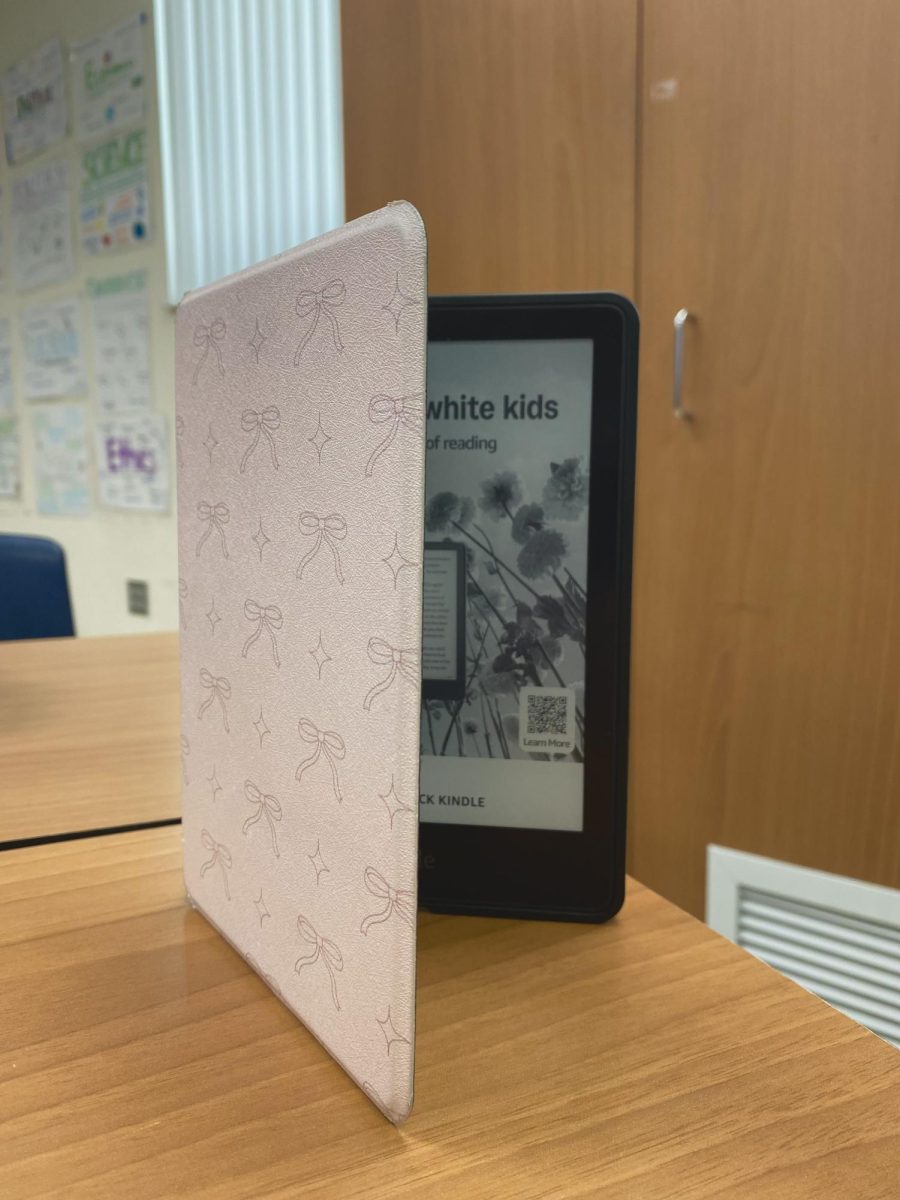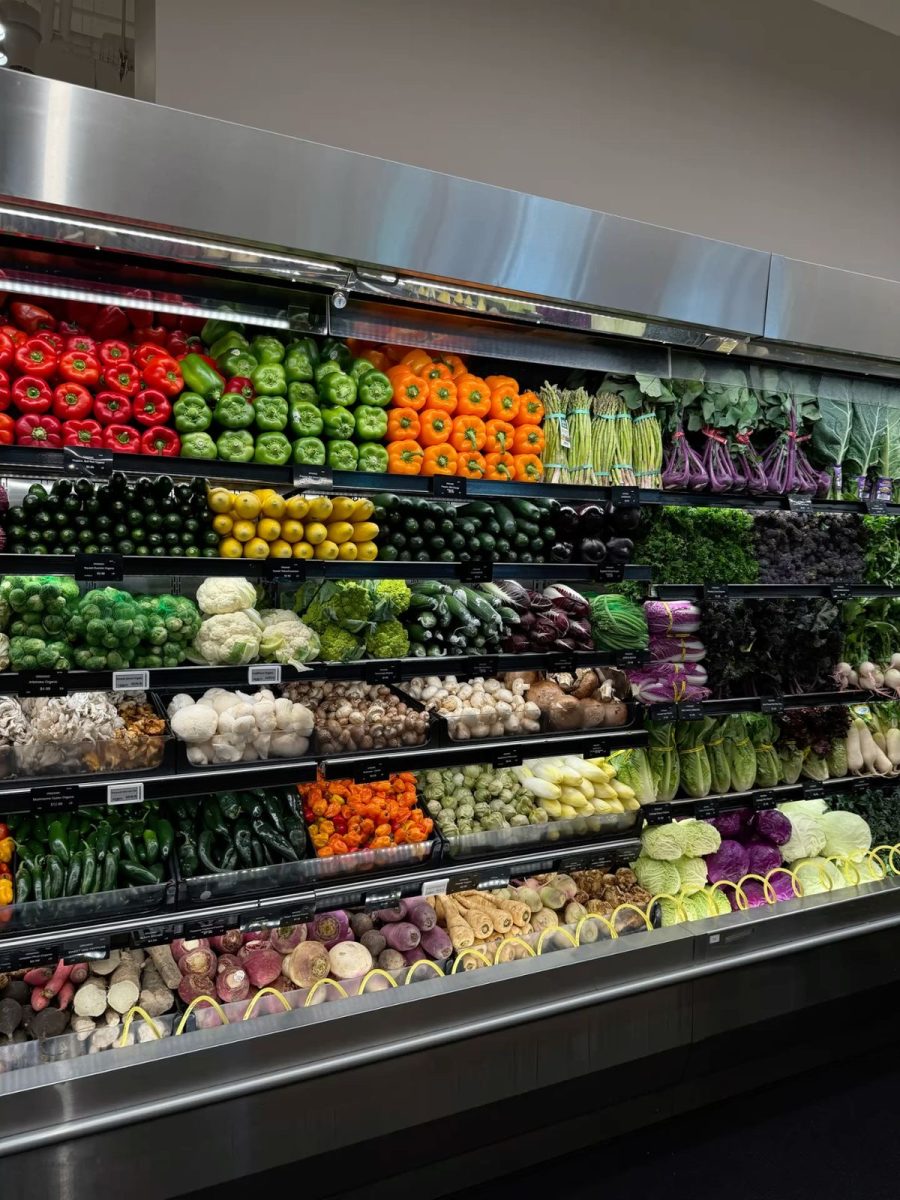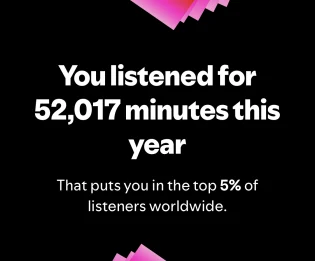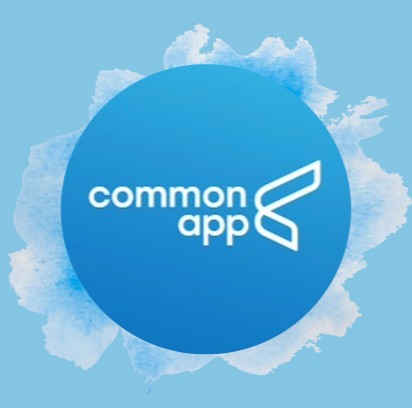Teaching Through Screens
April 27, 2020
Covid-19 has led to many unprecedented safety precautions. One of the resulting consequences of a national quarantine is kids are home from school. Teachers are doing their best to provide students with an equivalent level of education digitally. Teachers throughout the country are utilizing online tools to better communicate and instruct students in their own homes. These tools include Google Classroom, Google Meet, and Khan Academy. These new methods lead to three questions:
1) How are teachers instructing students?
2) How much are students learning in their digital classrooms?
3) What are the long term, school-related consequences of this new style of teaching?
Digital Instruction Simplified
Every teacher has navigated through their online classes differently. Different subjects and styles of teaching are resulting in different online classes. Every teacher, for example, is handling video calls differently. Some teachers may hold calls consistently, some do it occasionally (i.e. once a week), and some do it upon individual request. Furthermore, some teachers only make these meetings optional. On top of that, every teacher assigns work. This is done in many ways. Posting worksheets on Google Classroom and allocating Khan Academy lessons tend to be the most common. Students complete their work in the allotted time and receive a grade as usual.
The Value of Learning in Quarantine
Before anyone compares digital instruction to regular school, the circumstances must be considered. This is the best and only option to teach students at the moment. Allowing students back to school will likely escalate Covid-19 and lead to many more deaths in and out of school. That being said, contrasting online learning to regular schooling is an interesting comparison to make. Teachers still have educational goals to meet. Classes’ curriculums must be met, and students will continue to be tested on material. In order to complete the work though, students must take initiative and reach out to teachers or turn to the internet to better educate themselves. There is certainly value in doing this; doing so creates an active learner rather than a passive one. Everyone, of course, learns differently, so the answer to whether or not this style of learning is relatively sufficient differs on an individual basis. It is clear, though, that students are learning new material through these difficult, unprecedented times.
Us vs. Them
Every school year is designed to build upon the previous year of learning. Some years more directly than others, but regardless skipping over a grade’s content can easily lead to students not fully comprehending new material. Will this happen this year? Will teachers have to adapt their courses to fill in blanks? Ideally, the answer is no. However, it is an idea that should be considered. Online learning is not equivalent to regular school, but nonetheless it is about equal. Teachers are continuing to go through their curriculum online and meeting their state guidelines. Students will come out of their digital classrooms with a solid understanding of the required material. Assuming next year starts as scheduled, it will be like students never missed a beat… hopefully.













































